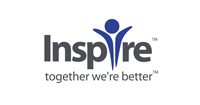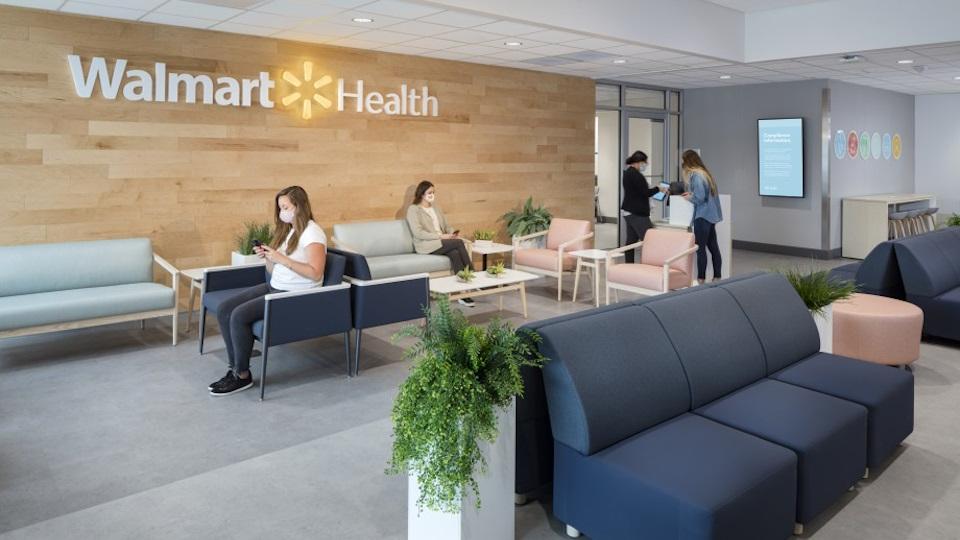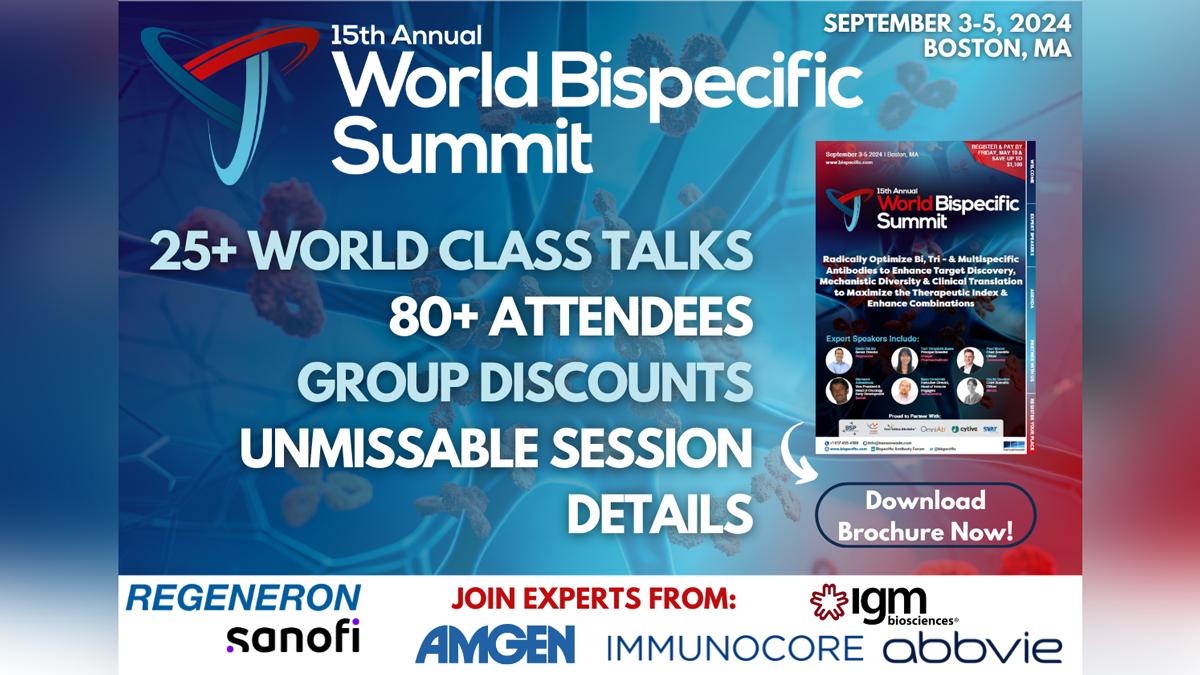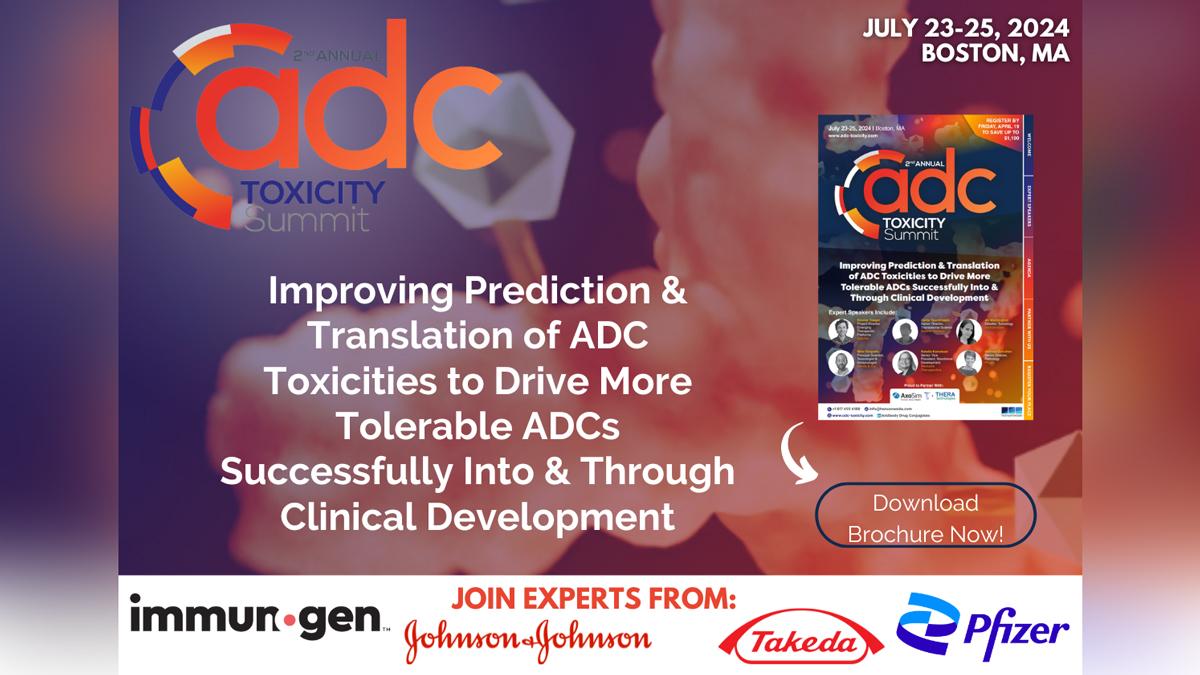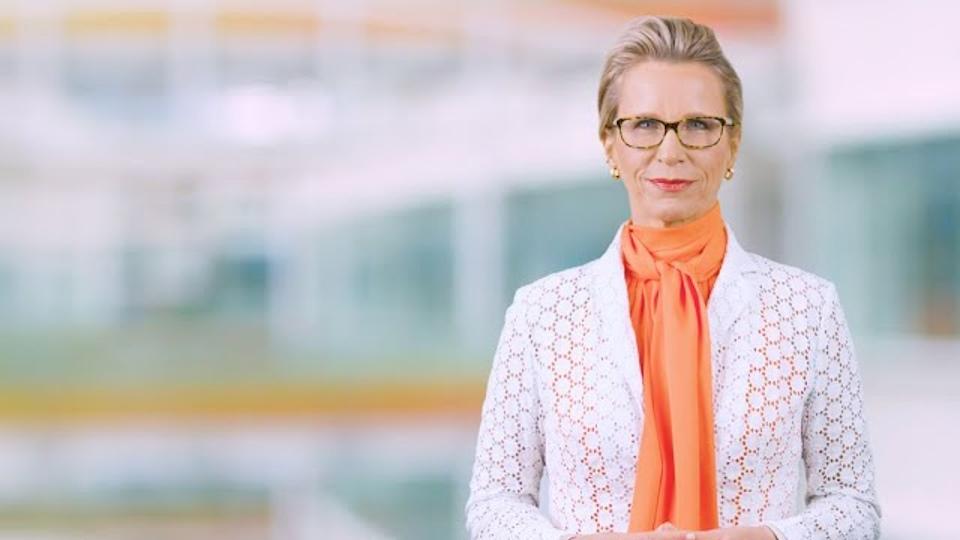Patient insights: Neuromyelitis optica
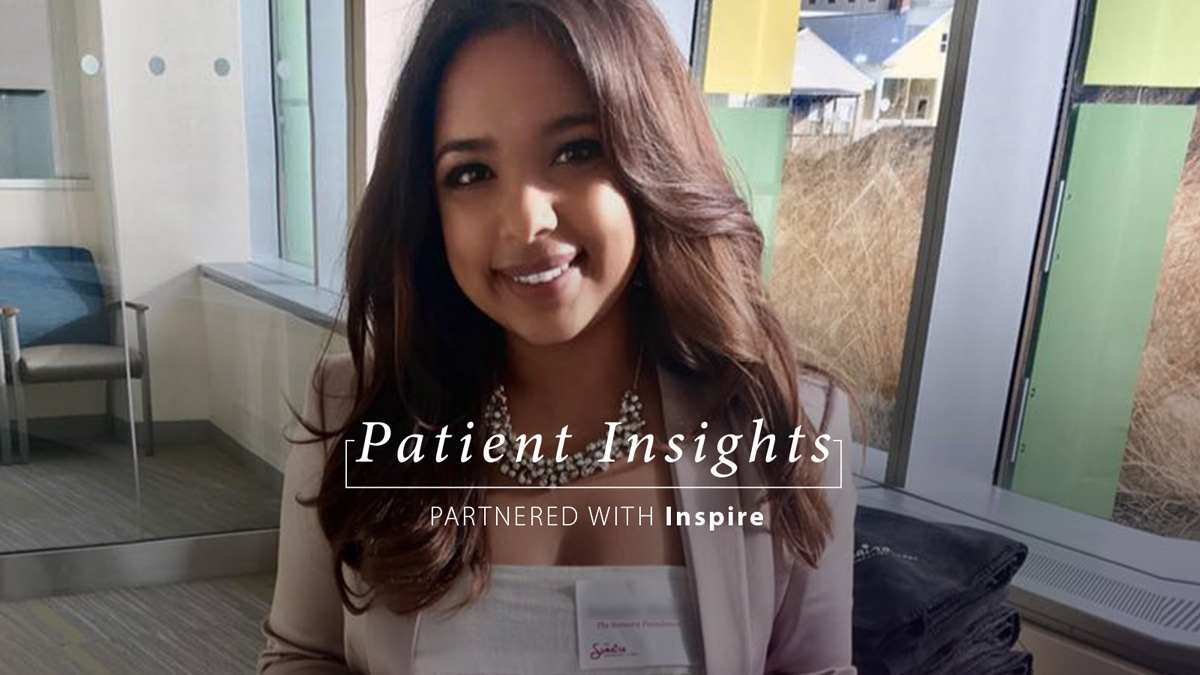
Neuromyelitis optica (NMO) can be a devastating rare disease, but a lack of awareness among doctors means patients are often misdiagnosed for years, while research into cures is sparse.
After being diagnosed herself, Sumaira Ahmed founded The Sumaira Foundation for NMO (TSF) to raise global awareness, fund clinical studies, build a community of support, and educate physicians on what to look out for. We spoke to her to find out how the Foundation is hoping to turn the tide in a difficult condition.
What led to you founding The Sumaira Foundation for NMO?
Neuromyelitis optica is a rare autoimmune disease that affects the central nervous system, specifically the optic nerves and spinal cord. Symptoms include but are not limited to vision loss, paralysis, incontinence, and unfortunately in some cases, death. There's no hereditary element to it, no known cause and a cure has yet to be found.
It affects about ten in every one million people – 35% of whom are misdiagnosed with multiple sclerosis. That is a huge problem because the therapies for MS can actually counter affect symptoms of NMO patients. We want to reduce these misdiagnoses as best as we can through the work that we’ve sought to do.
I started this foundation nearly six years ago, just two months after getting diagnosed with NMO myself at the age of 25. For me, the disease manifested through vision loss, weakness, numbness, and tingling in my extremities.
Thankfully, I live in Boston and work in the healthcare system, so I was diagnosed and treated relatively quickly compared to others – within six weeks. To offer some perspective, it can take months and even years for many patients to get a diagnosis.
NMO is treated with immunosuppressive therapy, plasma exchange, as well as the use of steroids. Stem cell treatment is something the community is beginning to explore, but is not yet widely used or accepted.
“A common barrier to treatment has been the financial component… The first approved treatment for NMO has been considered the single most expensive drug in the world, ringing in at nearly $500,000 annually”
TSF’s founding philosophy is that heightened awareness will lead to funding for research which will hopefully get us as close to a cure as possible. What started with just myself and my attorney has blossomed into a full-force organisation with representation around the United States. We have an impressive medical advisory board, most of whom are affiliated with Harvard Medical School and recognised by the community as experts in the field. We are all volunteer-based.
TSF hosts a number of programmes, including Voices of NMO, a platform where we share stories biweekly from a variety of perspectives affected or impacted by NMO – patients, clinicians, nurses, family members, caregivers, etc.
We also have a podcast in collaboration with another NMO-oriented organisation based in Ohio called Demystifying NMO. We cover a variety of topics that, again, are not widely discussed but are relevant in the community.
In collaboration with another nonprofit organisation, The MOG Project, we also launched a social media series called MOGmentum which is dedicated to raising awareness about MOG-AD – Myelin Oligodendrocyte Glycoprotein Antibody-associated Disease. A lot of patients who test negative for NMO but share the same symptoms actually end up testing positive for MOG-AD, so it is a part of the same spectrum.
When you were diagnosed, was much of this information out there?
At that time, which was not all that long ago, much of the available information was research-oriented, aimed primarily at clinicians and researchers. There wasn’t content that simplified the intricacies of the disease to raise awareness among the general public, let alone the patient community. I felt that was a huge piece of the puzzle that was missing.
What are the main research goals surrounding NMO that you are hoping to help fund?
We have two research grants. One is the SPARK Grant for adult NMO research and the other is the Unicorn Grant for pediatric research. So far, we've been able to fund four projects. The projects have all revolved around prevention, treatment and hopefully, cure-oriented research for NMO.
Previous research funded by another NMO organisation has worked on blood banks around the country in which blood samples were collected from both sero-negative and sero-positive patients to help codify the therapies that are now becoming available to NMO patients.
Notable demographic information has also been gathered from this research. We've learned that more women tend to get NMO than men. For whatever reason, the disease appears to be more prominent among Asian people. We've learned that the mortality rate has seen a significant decrease; it used to be 32%, and as of 2019, it has gone down to somewhere between 7% and 9%. Another very interesting detail we've learned is that a large proportion of that 7%-9% happen to be African American.
Researchers have also been able to pinpoint an antibody specific to this disease, called aquaporin-4. We now know that roughly 30% of patients test negative for it – myself included.
These are just a few things that experts are beginning to identify from research.
What are the biggest remaining unmet needs?
A common barrier to accessing treatment has been the financial component. Most of the therapies used to treat our disease can be incredibly cost prohibitive. The first FDA-approved drug for NMO, Soliris (eculizumab), became available in 2019, and has been considered the single most expensive drug in the world, ringing in at nearly $500,000 annually. Yes, insurance is helpful in covering most of the cost but there are other variables to consider, including but not limited to deductibles, co-pays, transportation, etc.
Lack of awareness, both among the general public and the medical community, proves to be another challenge. Unless you're receiving care in a major city where there is a focus on MS or other neuroimmunological disorders, it can be assumed that most physicians have minimal experience caring for an NMO patient.
How do you increase that awareness among physicians?
TSF is fortunate to call a robust and respected group of medical doctors members of our team. We leverage their experience, knowledge, impact and influence in the community by mobilising other clinicians for continuing medical education, disseminating research, sharing TSF newsletters and clinical articles that are relevant in this space.
We’re also aiming to travel around the country to educate front line doctors on the value of knowing about NMO – or at least identify the telltale signs – to avoid/reduce near-miss situations.
Is there any advice you'd give to someone who has just been diagnosed with NMO?
So much! I always start by communicating the value of vigilance. Additionally, absorbing all of the knowledge you can from credible sources and being a self-advocate are incredibly important. More often than not, patients are the ones educating their doctors because they’re living with the disease and are motivated to improve and understand their disorders.
Also, as difficult as the situation feels at times, I do genuinely believe that a positive outlook goes a long way. It has helped me personally, and it has helped other patients I know. When possible, keep your chin up. The belief that things will get better is really powerful.
What are your goals for the foundation over the next couple of years?
It’s been so exciting to be able to raise $100,000 towards research this year. I would have never thought we’d be able to fund this level of research in a million years. For a rare disease, that amount of funding has the potential to make an impact – usually it’s tough for NMO doctors and researchers to source funding because most grant awarders are eager to fund more prevalent ailments.
In the coming years I’m hopeful that we’ll be able to fund more projects with larger awards, increasing incrementally every year.
We’re also keen on obtaining widespread visibility for NMO on major platforms similar to that of the ALS disease. The Ice Bucket Challenge gained its momentum the first week I experienced symptoms, so I was very inspired by that.
Given the long-term goals we have set forth for the future of NMO, we know that there’s quite a bit of heavy lifting that needs to be done that no one organisation can do on its own. We’re fortunate to have a collegiate, mission-aligned group of partners with whom we plan to collaborate with on interesting and impactful projects – both for the medical community and the patient community.

